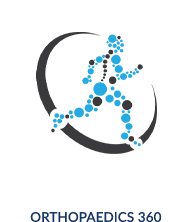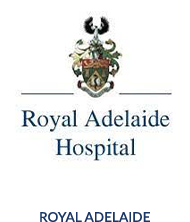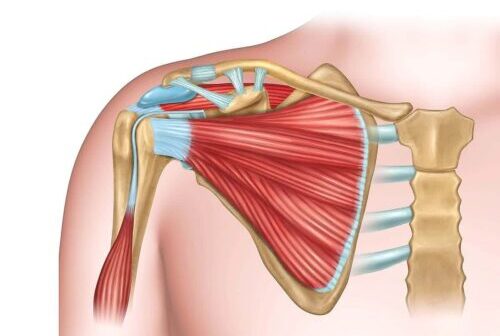
What is a rotator cuff tear?
The rotator cuff is a collective term for 4 important muscles around the shoulder joint which help lift and also rotate the arm. These are the subscapularis, supraspinatus, infraspinatus and teres minor. The muscles form a tendon (a strong fibrous band of tissue) which attach it to the arm bone (humerus).
The rotator cuff tendons work in delicate balance to move and position the arm in space so that everyday activities and functions can be performed – these include things like brushing your hair and feeding yourself, reaching behind your back to undo a bra strap, or reaching above your head to hang the washing.
The rotator cuff tendons are also very important in ensuring the head of the arm bone (humerus) remains centred and stable in the shoulder socket (glenoid). A torn rotator cuff that is neglected can lead to a form of shoulder arthritis known as rotator cuff arthropathy.
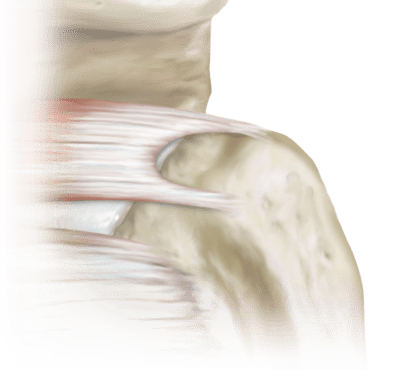
How is a rotator cuff tear caused?
The rotator cuff can become torn from a sudden injury or traumatic event. In younger and middle-aged individuals, a rotator cuff tear can be sustained during sporting activities both contact and non-contact, or during work-related injuries such as reaching out to catch yourself from falling over.
They can also occur in the setting of a shoulder dislocation. What’s more, with repetitive strain and overhead exercises, the rotator cuff tendons can become irritated and overall unhealthy. The tendon can show signs of disease known as ‘tendinopathy’ or ‘tendinitis’. On a microscopic level, a diseased tendon has collagen fibres which are shaped and arranged irregularly. This type of diseased tendon may be more prone to tearing over time.
Finally, as we age, the rotator cuff tendon can become thinner and more ‘degenerate’, and bone spurs on the underside of the shoulder blade can abrade the tendon. This can lead to a chronic tear of the rotator cuff tendon.

What is a rotator cuff tear?
The rotator cuff is a collective term for 4 important muscles around the shoulder joint which help lift and also rotate the arm. These are the subscapularis, supraspinatus, infraspinatus and teres minor. The muscles form a tendon (a strong fibrous band of tissue) which attach it to the arm bone (humerus).
The rotator cuff tendons work in delicate balance to move and position the arm in space so that everyday activities and functions can be performed – these include things like brushing your hair and feeding yourself, reaching behind your back to undo a bra strap, or reaching above your head to hang the washing.
The rotator cuff tendons are also very important in ensuring the head of the arm bone (humerus) remains centred and stable in the shoulder socket (glenoid). A torn rotator cuff that is neglected can lead to a form of shoulder arthritis known as rotator cuff arthropathy.
Now, what can go wrong to cause your shoulder pain?
1. Arthritis
When the smooth cartilage coating the humeral head (ball of the shoulder) and the glenoid (socket of the shoulder) gets damaged by injury or wear-and-tear, it can expose the underlying bone. Unfortunately this special type of joint cartilage does not grow back when damaged, and over time more and more bare-bone can get exposed. Eventually, bone rubbing against bone (bone-on-bone arthritis) can occur and cause pain, stiffness and loss of function. Find out more about shoulder arthritis and shoulder replacement surgery.

2. Labral tears
When the smooth cartilage coating the humeral head (ball of the shoulder) and the glenoid (socket of the shoulder) gets damaged by injury or wear-and-tear, it can expose the underlying bone. Unfortunately this special type of joint cartilage does not grow back when damaged, and over time more and more bare-bone can get exposed. Eventually, bone rubbing against bone (bone-on-bone arthritis) can occur and cause pain, stiffness and loss of function. Find out more about shoulder arthritis and shoulder replacement surgery.
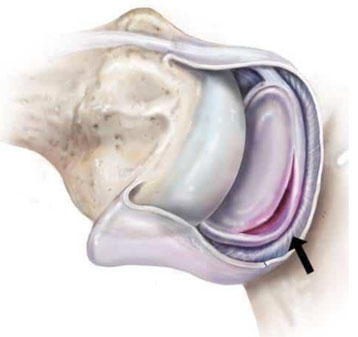
3. Biceps tendinopathy
As mentioned above, the biceps muscle has one of its two tendons originating and running within the shoulder joint. This tendon can become quite problematic and is a very common source of shoulder pain. The part of the tendon within the shoulder joint can be unstable, torn, inflamed and even rupture completely. An inflamed and unstable biceps tendon can cause painful clicking and catching felt at the front of the shoulder joint. Find out more about biceps tendinopathy and biceps surgery.

4. Rotator cuff tears
Just like the labrum, the rotator cuff can get torn as a result of an acute injury such as a hard fall, a sharp twist, or when reaching out to catch yourself. It may also get torn as a result of wear-and-tear and degeneration. Nevertheless, a torn rotator cuff tendon can cause inflammation and lead to shoulder aches and pain, shoulder weakness and loss of function. Find out more about rotator cuff tear and keyhole repair.
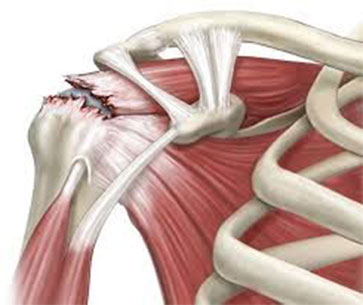
5. Bursitis and impingement
The bursa above the rotator cuff can become thickened and inflamed, particularly if bone spurs have developed on the acromion. This is often due to repetitive strain on the shoulder. When the bursa is thickened and catches on the abnormal bone spurs of the acromion, this causes a painful limitation of shoulder movement – particularly overhead movements. This is known as impingement syndrome, and is another common cause of ongoing shoulder pain. Find out more about subacromial bursitis and impingement syndrome and keyhole decompression.
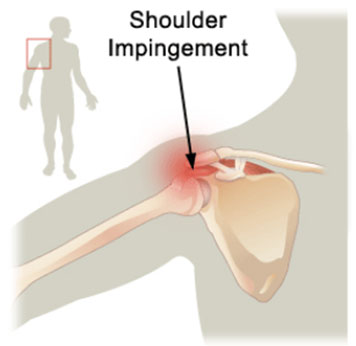
How do I find out whats causing my shoulder pain?

The shoulder problems mentioned above is by no means exhaustive, however, they are the most common conditions leading to shoulder complaints. The first step towards relieving your shoulder pain is to see your GP who can perform an assessment of you and your shoulder. If necessary, imaging tests may be required, such as an xray, ultrasound or MRI. This can help confirm the diagnosis, and guide management.
First-line treatments for many of the common conditions listed above include rest, activity modification, anti-inflammatory medication, physiotherapy and steroid injections. If the problem persists or if otherwise indicated, then you may need to be referred to see an orthopaedic shoulder surgeon for further assessment. Ultimately, the goals of your treatments are to relieve your shoulder pain, restore your function, and return you back to doing the things you love!
How to make an initial appointment
My goals as a surgeon are to relieve your pain, restore your function, and return you back to doing what you love.
– Dr Raymond Yu
- Adelaide Orthopaedic Surgeon
- Adelaide Shoulder Surgeon
About
Dr Raymond Yu
Dr Raymond Yu is an Adelaide Orthopaedic Surgeon with post-Fellowship expertise in Shoulder and Elbow Surgery.
He specialises in orthopaedic surgery of the Shoulder and Upper Limb with a focus on modern keyhole and minimally-invasive techniques.
Dr Yu has a special passion for:
- Rotator cuff repair surgery
- Shoulder replacement surgery
- Shoulder stabilisation surgery
Dr Yu practices at


